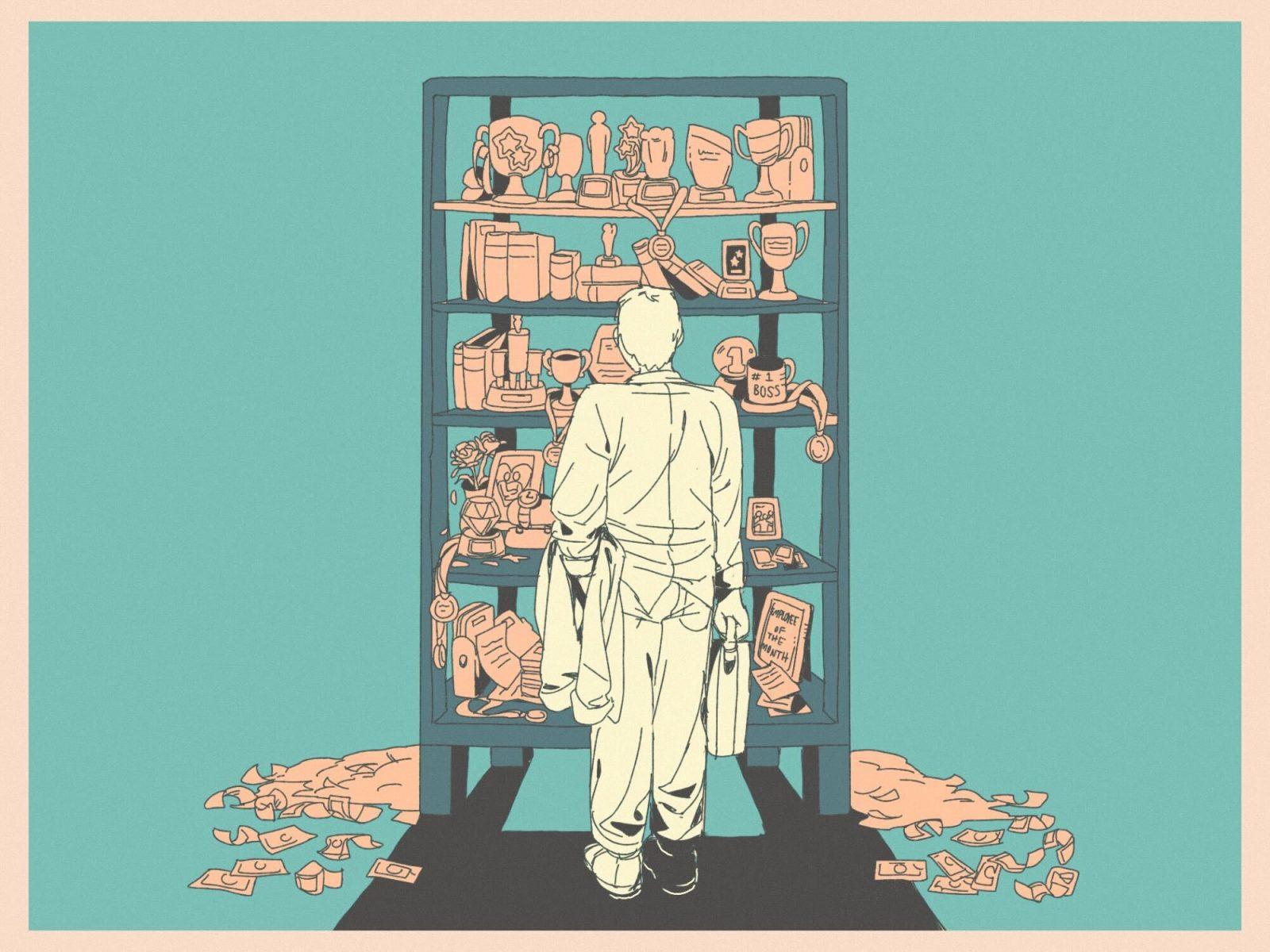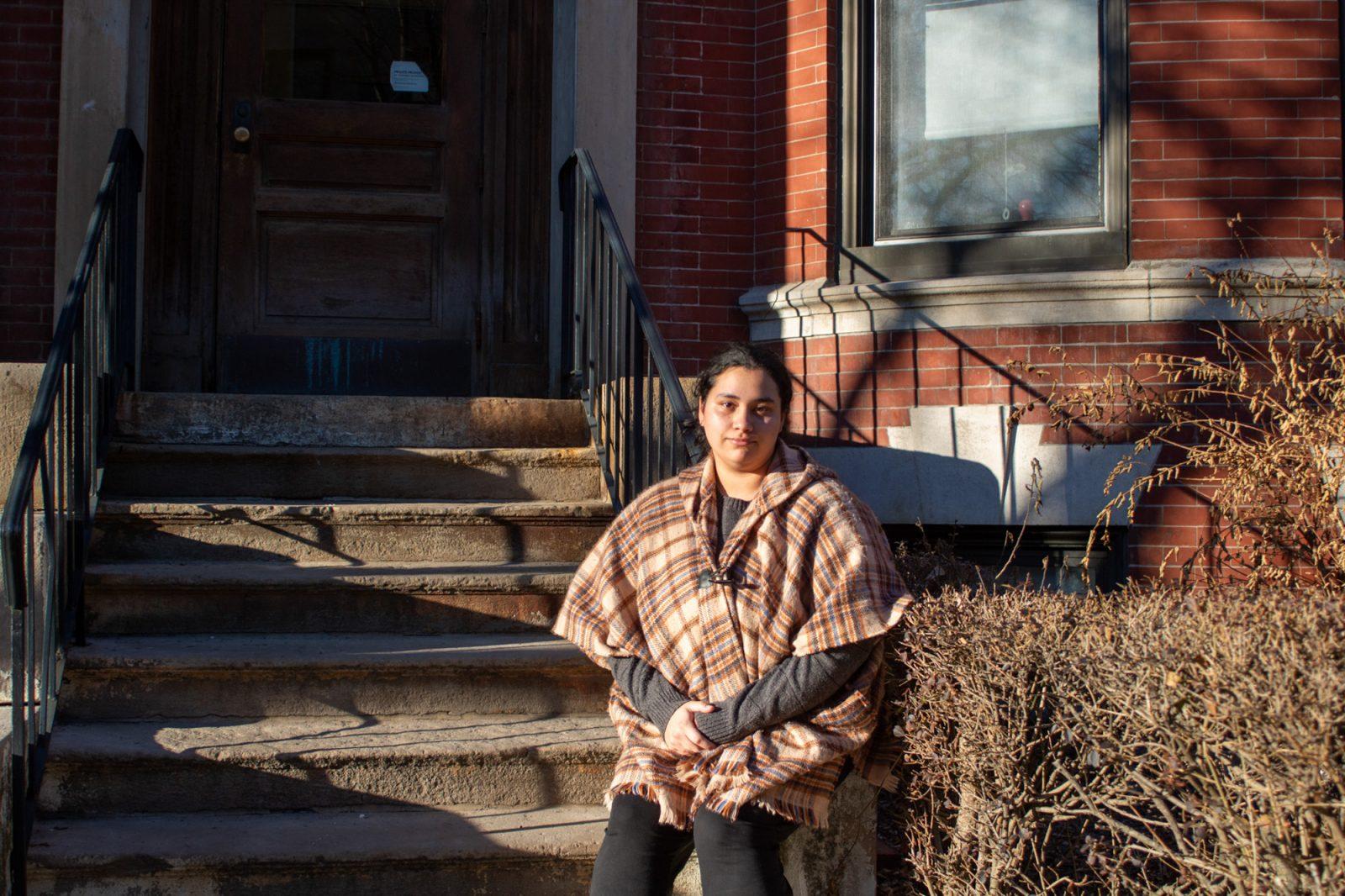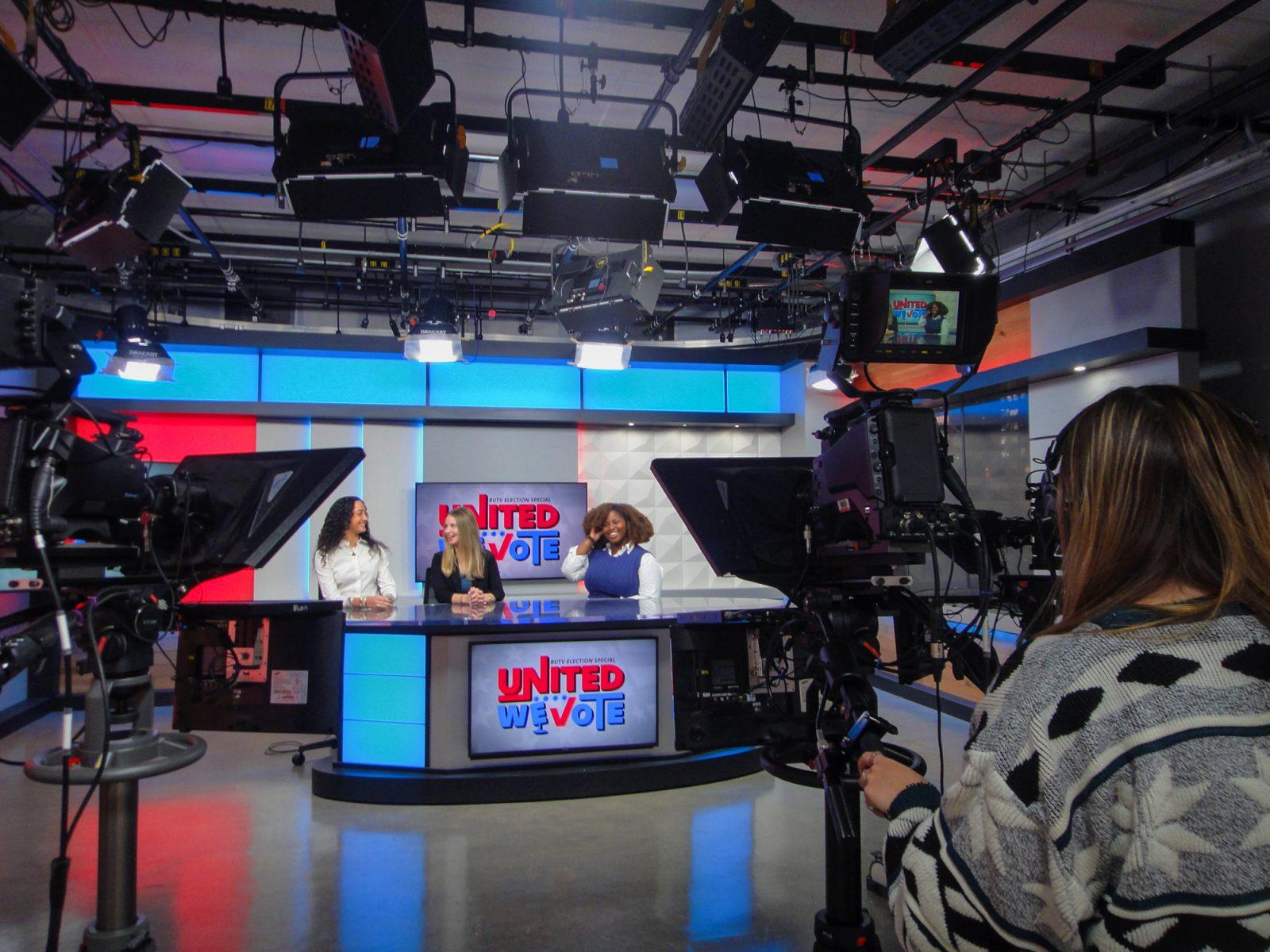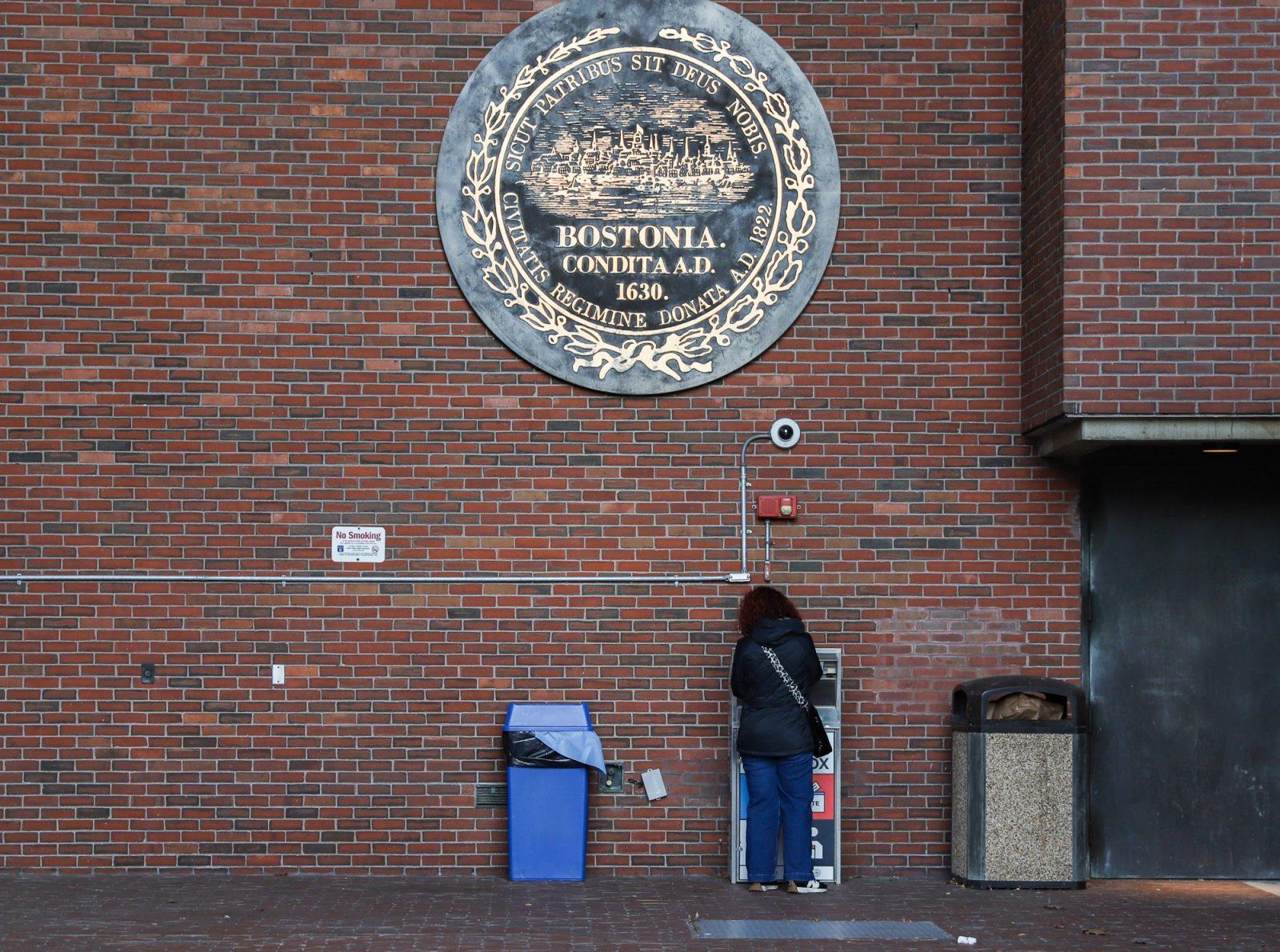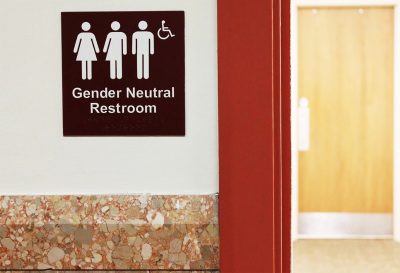
Boston University students have once again called for more gender-neutral bathrooms on campus, with some arguing the current situation has made transgender and non-binary students feel unsafe.
Some students have noted that the lack of gender-neutral bathrooms on campus has incited fear of verbal and physical abuse towards the non-binary and transgender community, and has resulted in several uncomfortable situations stemming from their identity.
“I’ve been called slurs in bathrooms on campus before,” said Alex P., a transgender BU student who elected to remain partially anonymous due to a fear of retaliation. “People have cornered me and questioned, ‘Why are you here? Why can’t you use a urinal? Why are you waiting for the bathroom stall?’”
The issue has been raised multiple times over the past decade with increasing degrees of success. Efforts from student organizations and individual students alike led to multiple bathrooms in the George Sherman Union being redesignated as gender-neutral.
Senior Diversity Officer Andrea Taylor said for more bathrooms to be made gender-neutral, multiple departments would have to agree to changes — chiefly the facilities department which installs the bathrooms and determines whether a budget is feasible for such a project.
“There’s nothing to suggest that this isn’t a priority within the constraints of all these other factors and others that I may not know about,” Taylor said.
Michael Donavan, the vice president of campus planning and operations for BU facilities, deferred requests for an interview to BU spokesperson Colin Riley.
According to Riley, 48 percent of bathrooms on the Charles River Campus and Medical Campus are all-gender, with 500 out of 1,158 non-residential bathrooms designated as all-gender on the Charles River Campus.
In an email, Riley added a bathroom is typically designated as gender-neutral when there is a symbol of a single toilet, sink and sanitary and trash disposals.
“Nearly one in every two [non-residential] bathrooms on our three campuses are all-gender bathrooms,” Riley said.
Leo Austin-Spooner, a freshman at the Wheelock College of Education and Human Development, said they believe having all-gender bathrooms on campus would eliminate the discomfort many transgender students feel.
“There’s just a lot of those things that build up and if we had gender-neutral bathrooms, those are things that we wouldn’t have to think about,” Austin-Spooner said. “We also wouldn’t have to think about the bathroom as a stressor.”
As a transgender, masculine-presenting person who menstruates, Austin-Spooner said he had to learn how to safely open menstrual products in a men’s room without being caught in order to avoid unsafe situations. Austin-Spooner also noted how they also feel unsafe when waiting for a stall instead of a urinal, changing in the bathroom and taking showers.
“We wouldn’t have to plan on going to the bathroom when we thought that people weren’t in there or when we didn’t know who’s going to be in there because that’s not fair,” Austin-Spooner said.
P. said they support adding more gender-neutral bathrooms on campus so as to avoid having to walk further in order to find the nearest all-gender bathroom.
“It’s really hard to have a mental list in my mind of how many minutes walking distance, how many minutes by foot, it takes to get to the nearest gender-neutral bathroom,” P. said. “That’s something I’m aware of at all times on campus.”
In 2018, following pressure from students for more transgender-inclusive policies, the University provost created a task force to address how the school could be more inclusive of members of the LGBTQ+ community.
The task force identified key problems and assessed what other schools were doing to be more inclusive. It made 18 recommendations to the University on how to improve LGBTQ+ inclusivity, including establishing a professionally staffed center and website, expanding transgender health coverage and continuing to create all-gender bathrooms on campus.
It is unclear whether all recommendations were adopted.
Nico McMahon, a sophomore in the College of Arts and Sciences and Arvind & Chandan Nandlal Kilachand Honors College, said he believes BU has not made progress towards the ideas laid out in the report.
“I don’t see a lot of movement on those action items,” McMahon said. “There’s a plan that is very well laid out for BU admin to continue and there hasn’t been a lot of will to continue that.”
McMahon said much of what he believes the administration should be doing for the queer community on campus is “held up entirely by students” and exemplified by the work of student organizations like the BU Queer Activist Collective, or ‘Q’ for short.
“[Q] has to pull up the slack that the administration fails to do,” he said. “That means providing resources for sexual wellness, and even creating guides as to where to find gender-neutral bathrooms and all-gender bathrooms on campus.”
Riley said decisions about increasing the number of gender-neutral bathrooms on campus are made during renovations, and the administration has neither agreed to nor denied creating more all-gender bathrooms.
“In a very positive way the University has been responsive, it’s an important aspect,” Riley said. “A strategic plan to address diversity, equity and inclusion issues, and this is certainly one of them.”
Angela Tsai, a freshman in the Sargent College of Health and Rehabilitation Sciences, said she hopes the administration will include more all-gender bathrooms on campus for the well-being of its transgender and non-binary students.
“School is a place where people should be safe, it should feel safe,” Tsai said.
Correction: Jan. 24, 2022
An earlier version of this article stated that 500 out of 11,158 non-residential bathrooms on the Charles River Campus have been designated as all-gender. The correct figure is 500 out of 1,158 — not 11,158. The article has been updated to reflect this change.



















































































































